Click on images to enlarge

habit in flower (Photo: Sheldon Navie)

habit in fruit (Photo: Sheldon Navie)

bark on main trunk (Photo: Sheldon Navie)
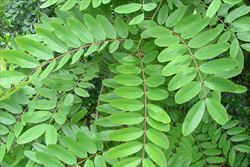
large once-compound leaves (Photo: Sheldon Navie)
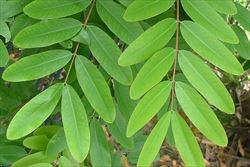
close-up of leaflets (Photo: Sheldon Navie)

large flower cluster (Photo: Sheldon Navie)
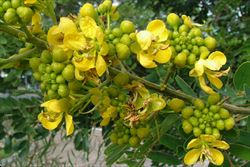
flowers and flower buds (Photo: Sheldon Navie)

close-up of flower (Photo: Sheldon Navie)
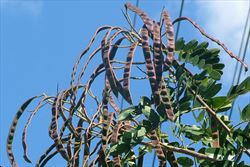
immature fruit (Photo: Sheldon Navie)
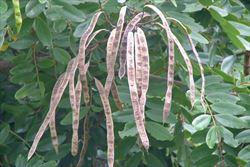
mature fruit (Photo: Sheldon Navie)

close-up of seeds (Photo: Tracey Slotta at USDA PLANTS Database)

young seedlings (Photo: Sheldon Navie)
Scientific Name
Senna siamea (Lam.) H.S. Irwin & Barneby
Synonyms
Cassia siamea Lam.Sciacassia siamea (Lam.) Britton ex Britton & Rose
Family
Caesalpiniaceae (Queensland, the ACT, Victoria, Tasmania, Western Australia and the Northern Territory)Fabaceae: sub-family Caesalpinioideae (New South Wales)Leguminosae (South Australia)
Common Names
Bombay blackwood, cassod tree, kassod tree, kassodtree, pheasant wood, pheasantwood, Siamese cassia, Siamese senna, Thai cassia, Thai copper pod, Thailand shower
Origin
Native to the Indian Sub-continent (i.e. India and Sri Lanka) and south-eastern Asia (i.e. Cambodia, Laos, Myanmar, Thailand, Vietnam and possibly also Malaysia).
Naturalised Distribution
Locally naturalised in northern Queensland, and possibly also naturalised in south-eastern Queensland and in the northern parts of the Northern Territory.
Also widely naturalised in Africa, in other parts of south-eastern Asia, on Mauritius, in the Caribbean (e.g. Puerto Rico and the Dominican Republic), in Central and South America and on some Pacific islands (e.g. Fiji and French Polynesia).
Notes
Kassod tree (Senna siamea) is regarded as an environmental weed in northern Queensland and as a potential environmental weed in the Northern Territory and other parts of northern Australia.

